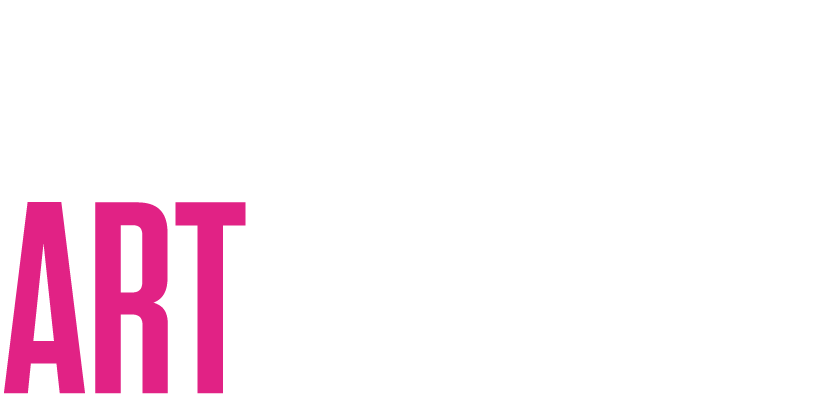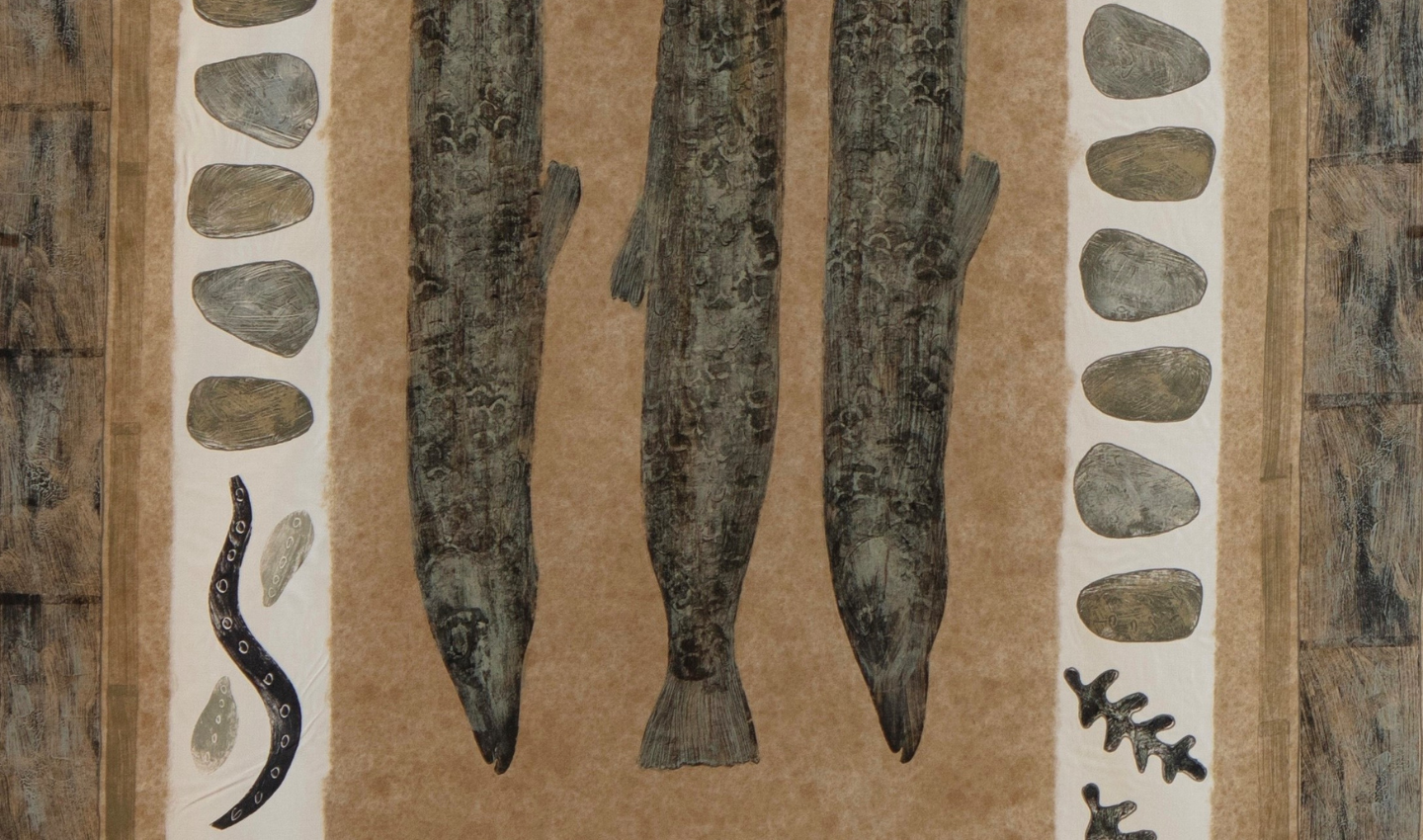Q&A: Vivien Haley on With Every Fibre of Our Being
Vivien Haley is a textile printmaker and artist with a passion for nature, a sense of place and the landscape. Over her four-decade career she has worked making prints and timber sculptures, through to painting, textiles, and collages (and even designing scarves that have been sold around the country).
We caught up with Vivien to discuss her practice, her past, her thoughts on textiles and her work being included in With Every Fibre of Our Being.
Tell us a little about yourself and your art practice. What is your driving motivation to ‘make’?
Arriving from Britain with my family and settling in southern Sydney, a fascination for the natural world unfolded as I explored the mangroves, bush, bays, and creeks. Studying sculpture and printmaking at NAS, Sydney in the 70’s the landscape became a mainspring for ideas. After graduating I experimented with carving woodblocks, painting and printing with paper and silk.
Moving further south and living between the escarpment and the sea, deepened my understanding of nature and in turn my visual language. Working intuitively and with some insight into ecosystems I observe the interconnections between the weather, rainforest, rock platforms, patterns, and delicate minutia of the environment, that continues to inspire and motivate my practice.
How did you feel on learning your works were included in With Every Fibre of Our Being?
I was very pleased to hear that my work was selected for ‘With Every Fibre of Our Being’ and to be included in an exhibition with Australian artists whose work I respect.
What meaning lies behind this specific work, and can you explain a little about the technique and process used?
‘The Trap’ looks to the motifs and beauty in nature, as mementos and relationships with land and water.
The Trap - to catch. Fish are part of our ecosystems but also caught with hooks and nets. Sea creatures and mollusks are plucked from the sea for our own benefit.
The Trap - to lure. Flowers, stamens, and plants provide food, shelter, and create pollination. They also lure insects, flies, and beetles to eat.
The process and techniques in this work are a combination of hand dying, block and mono printing onto silk. Overlays of ink add subtle colour variations, texture, and depth.
How do you think this work relates to the much broader history of women and textiles, and what specifically interests you about textiles in a more contemporary context?
Women in history found freedom in gardening, nature walks, collecting plants and flowers.
These would inspire designs for silk clothing, embroidery, and soft furnishings. I see similarities with my own work where gardening, nature, observation and collecting informs the printed textiles and narratives of my work.
The contemporary textiles I am interested in are inventive with their use of materials, design and well executed visually. Look to complex broader issues and stand alone in their intention.
Has your practice changed much since these works were acquired for our Collection?
Since Wollongong Art Gallery acquired these works in the 1990s the environment has become more fragile.
Many species have been lost through flood, fire, pollution or extinction and my work now comes from a different perspective. The printing is more complex and older pieces reworked as I consider the changes in our environment such as land clearing, pollution, and loss of species. Tearing, overstitching and drawing becomes a metaphor to repair and restore the environment.
What do you value the most about your current practice and what direction are you planning to take it?
I’m reading more about environmental changes and how science is investigating and addressing some of these issues. I value having the time to process new information, experiment and make new work that encourages people to reflect and consider our impact on a rapidly changing environment.
Do you think there is a resurgence of interest in textile and fibre art (or was it always so, irrespective of the World Wide Web or Internet) and why do you think this is?
I feel there has always been an interest in textiles and fibre art from the 50s, 60s,70s with designers, artists and architects and agree a resurgence has occurred through the WWW (World Wide Web). Prestigious galleries and institutions around the world are curating exhibitions with artists like Louise Bourgeois and Anni Albers who are credited with blurring the line between craft and art.
More noticeably commercial galleries are exposing the public to textile art where installations, art and sculptures created from cloth, yarn, thread, fabric, and rags are accepted as contemporary art.
Image: (detail) Vivien Haley, The Trap - to catch, 1996, dyed, block and monoprint on Fuji silk, and artwork details. Purchased 2000

